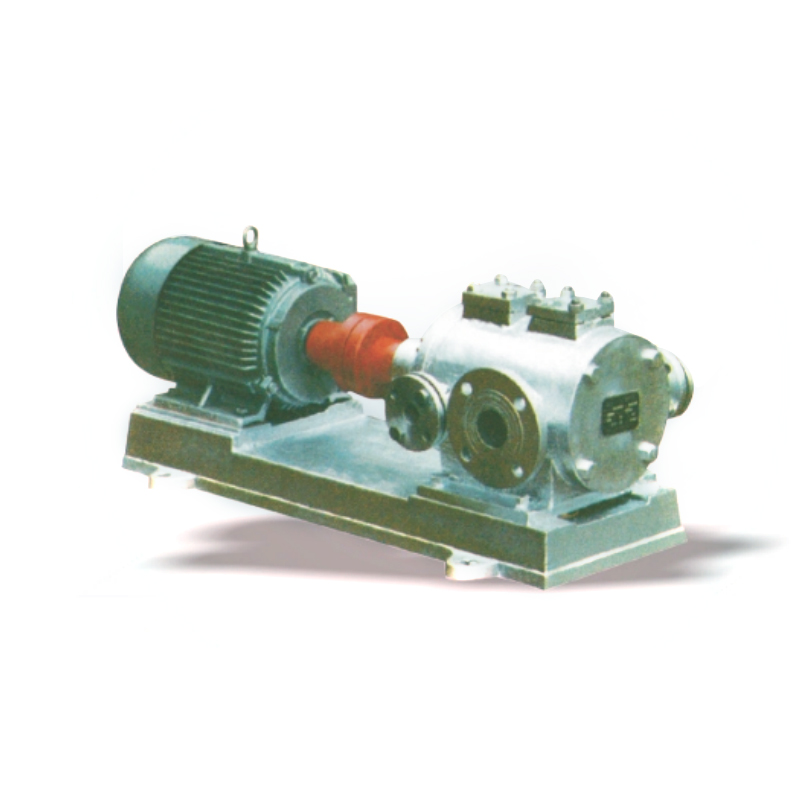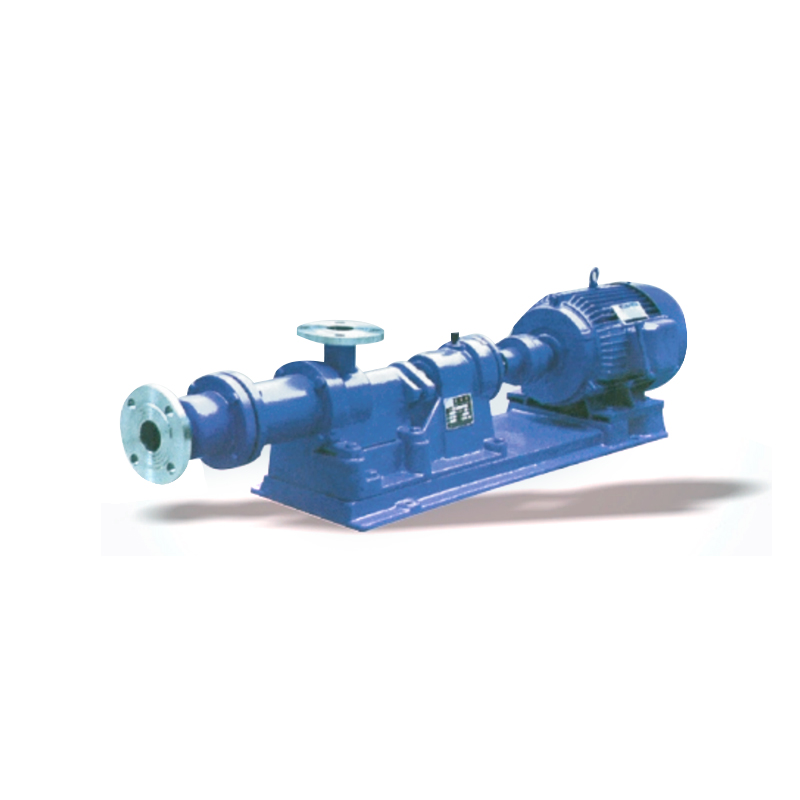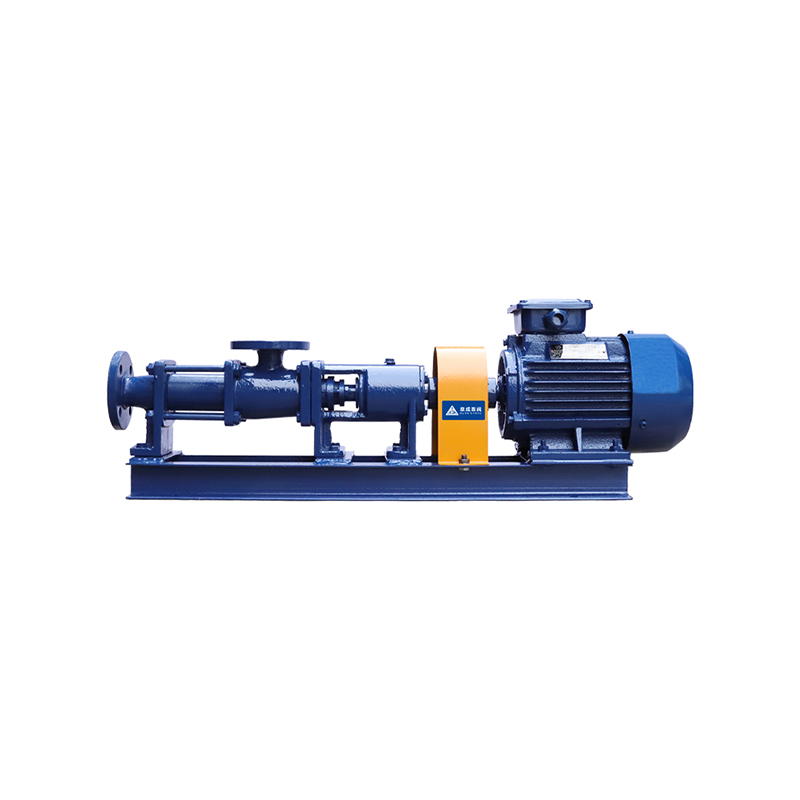The sewage pump industry plays a critical role in modern infrastructure, supporting the effective management of wastewater in both urban and rural areas. Sewage pump factories are responding to this demand by enhancing p...
READ MOREScrew Pumps Manufacturers
Screw pumps are a type of positive displacement pump that plays a critical role in fluid transportation across various industries, offering unmatched performance, efficiency, and versatility. These pumps are designed based on the interaction between a helical screw rotor and a stator. This dynamic system creates a consistent, non-pulsating flow, making screw pumps ideal for applications where precision, smooth operation, and reliability are paramount.
1. How Screw Pumps Work
Screw pumps operate through the meshing of two primary components: the rotor (the screw itself) and the stator (the casing with a helical cavity). These two parts work together to form sealed cavities, which trap and transport the fluid from the inlet to the discharge side. As the rotor revolves within the stator, the fluid is drawn in at the suction side and pushed out at the discharge side without being agitated or disrupted.
The process begins when the rotor, powered by an input shaft, rotates around the stator. This planetary motion of the rotor in the stator creates multiple, separate chambers that continuously move the fluid in a smooth, axial direction. Importantly, the volume of these chambers remains constant throughout the operation, ensuring a steady and pulsation-free fluid flow.
2. Key Features of Screw Pumps
Smooth and Steady Flow: One of the standout features of screw pumps is their ability to provide a smooth, continuous, and non-pulsating flow. This is especially crucial in applications where fluid consistency and precision are essential, such as in the chemical and pharmaceutical industries.
Self-Priming Capability: Screw pumps excel at self-priming, meaning they can create a vacuum to draw fluid into the pump from a dry state. This ability makes them ideal for handling liquids with high viscosities, and for systems where pump cavitation or air lock could be a problem.
Adaptability to Viscous Fluids: Screw pumps can efficiently handle highly viscous fluids such as oils, sludges, pastes, and cement slurry without causing damage or reducing performance. This versatility makes them indispensable in industries like wastewater treatment, construction, and food processing.
High Pressure and Low Pulsation: Screw pumps can achieve high discharge pressures while maintaining low pulsations. This makes them highly reliable in systems where pressure fluctuations can cause issues, ensuring consistent flow rates for critical applications.
Minimal Fluid Disruption: Unlike centrifugal pumps, screw pumps do not have rapidly spinning impellers, which means that delicate fluids (such as those in the pharmaceutical or food industries) are not subjected to shear forces or turbulence that could affect their quality.
3. Applications Across Diverse Industries
Screw pumps have a broad spectrum of uses, making them a critical tool in many industries:
Wastewater Treatment: In wastewater treatment plants, screw pumps are used to transfer thick sludges, sludge cake, or other high-viscosity fluids that are often too difficult for centrifugal pumps to handle.
Construction and Cement Industry: In cement plants, screw pumps are frequently employed to transport viscous materials like cement slurry or grout, offering exceptional flow consistency without the risk of clogging or pump failure.
Paper and Pulp Industry: The ability to transfer thick pulp or slurry with minimal agitation makes screw pumps ideal for the paper manufacturing process, where material consistency is key to producing high-quality paper.
Pharmaceutical and Food Processing: Screw pumps are essential in pharmaceutical and food processing applications, where maintaining the integrity of delicate liquids and preventing contamination are top priorities.

-
-
The demand for efficient and reliable water pumping systems has been steadily rising across the globe, driven by both environmental challenges and the need for effective water management solutions. Industries, municipali...
READ MORE -
A diesel engine pump factory is a critical manufacturing center that produces engine‑driven pump units designed for applications in agriculture, construction, municipal water, and industrial fluid handling. In such a fac...
READ MORE






 浙公网安备33032402001888号
浙公网安备33032402001888号
